So, why don’t trains have seatbelts? Trains don’t have seatbelts because they’re non-beneficial and can restrain passengers from escaping in the event of a collision.
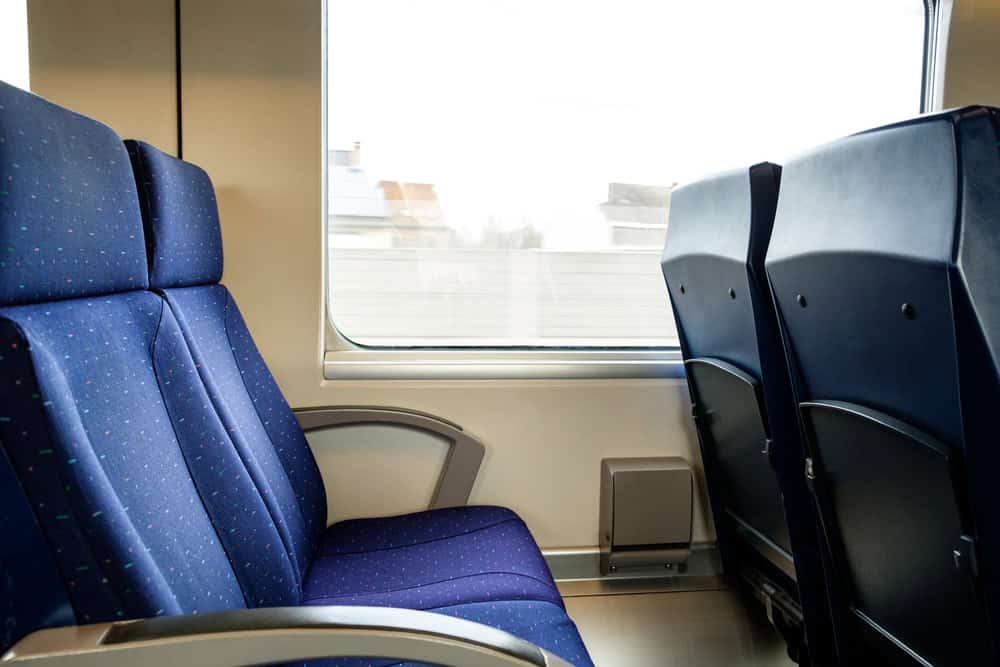
Some train derailments cause one major point of concern. Why don’t trains have seatbelts? Airplanes have seatbelts, and so do cars, so why don’t trains, let’s explain.
Surely seatbelts are the most efficient way to prevent injuries in a collision? So, why isn’t this the case with trains?
Furthermore, super high-speed trains in China and Japan don’t have seatbelts, yet they travel at 300mph(482km) per hour!
Well, there are four main reasons for this. But, to sum it all up, it’s because train seatbelts are simply non-beneficial.
It may seem absurd to think about at first. But seatbelts don’t serve their function on a train in the same way that they do in cars or planes. And in fact, they can even do more harm than good.
Many experts and studies have already revealed this, especially when an Amtrak derailment happens.
Yet, some people still aren’t convinced, and it still stirs a lot of conversation.
Firstly, let’s look at the major causes of railroad accidents.
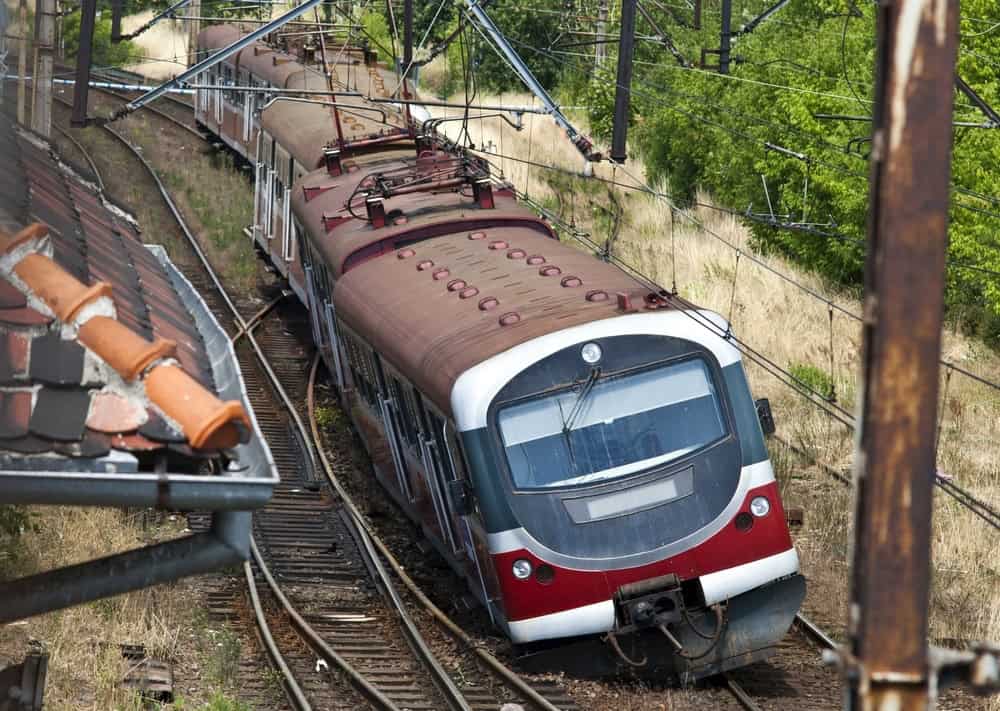
Common Causes Of Railroad Accidents
There are also many reasons why train accidents happen.
But, most often, they occur when vehicles attempt to outrun an oncoming train.
Here are the most common causes of train and railroad accidents:
- Negligence
- Human error
- Reckless drivers or pedestrians
- Speed
- Engine or any mechanical failure
- Derailment
- Broken or defective rail track
- Stuck cars blocking tracks
Train accidents don’t happen as often as car or plane accidents. Due to this, they aren’t seen as a massive threat.
However, they still do occur.
And when they happen, they, unfortunately, can cause serious harm to passengers and the train.
Top 4 Reasons Trains Don’t Have Seatbelts
1. Seatbelts Are Not Beneficial On Trains
Let’s make some comparisons.
Car seatbelts were specially designed to reduce the impact on a person’s body in a collision.
Vehicles can also turn freely to any side or direction; they are not on track, so accidents can happen easily.
Cars can easily collide with another vehicle, person, or object, they have no set path.
Trains have a very minimal chance of this kind of collision. Unless there is something on the train tracks, collisions are low-risk on a plane.
In airplanes, passengers must wear seatbelts on takeoff, landing, and turbulence.
Trains don’t experience any take-off, landing, or turbulence. And any type of “turbulence-like” conditions when running is fairly minor.
In most instances, you can’t even feel the train running in the first place. You can even walk around freely, or even stroll to the dining car.
Therefore, seatbelts won’t serve any specific purpose on trains.
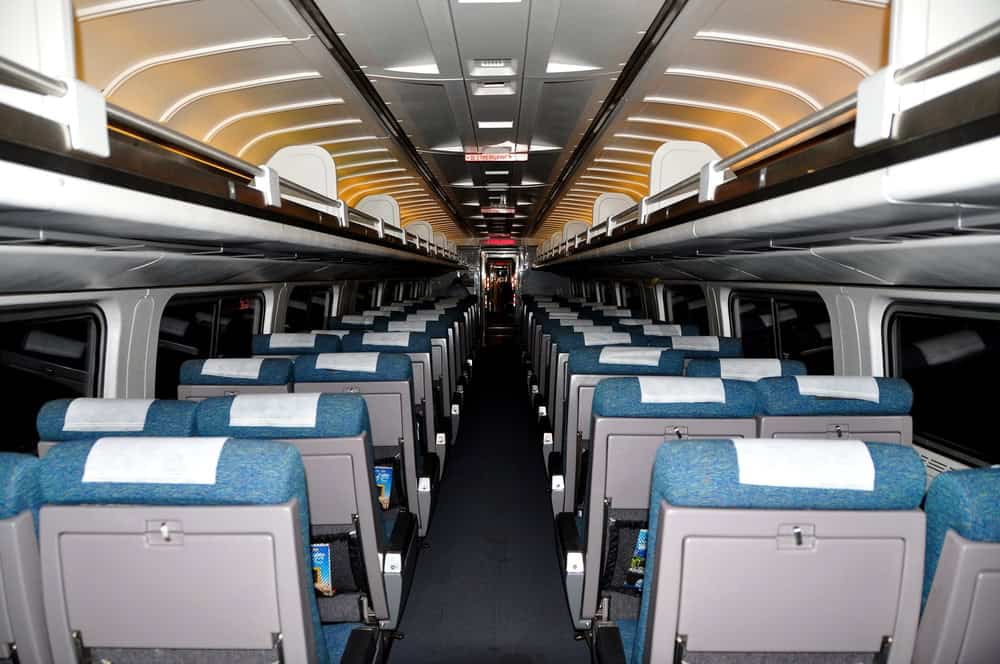
2. Trains Have Enough Existing Stability Control
Seatbelts are not the only approach to keeping passengers safe on a train.
For instance, Amtrak has a Positive Train Control (PTC) system. This system automates speed regulation for safety. Furthermore, it also helps stop trains from derailing due to speeding.
Another example is Japan’s Shinkansen. It has been running without seatbelts for more than 50 years now. These trains have carried billions of passengers. And within these years, have been no records of a collision or derailment fatalities.
Another example is China’s high-speed rail. These trains have seats with energy-suppressing materials. In the case of a train collision, these seats will absorb a lot of the impact.
3. Seatbelts On Trains Can Do More Harm Than Good
Now, you might be thinking, should train companies be complacent? Shouldn’t seatbelts provide at least an extra layer of safety? Not really. In most cases, it might even do more harm than you’d expect.
Imagine you’re on a train derailing from its tracks. When this happens, you probably don’t want to be fastened to your seat as it rolls off the tracks
In this case, the most logical move would be to jump off. If you’re restrained to your seat, you won’t be able to avoid any objects flying your way. Your body could also twist, causing injuries.
And let’s say an oncoming car is about to hit the train. If you see it coming, would you still want to stay in your seat? The best solution would be to steer clear of the area it would hit.
This study from Transit Cooperative Research Program also concludes that seatbelts are impractical on trains. The researchers found that majority of passengers were not willing to utilize the seatbelts.
The study also states that wearing seatbelts might lead to even more serious injuries. Those who weren’t strapped in may be propelled forward in a collision. As a result, they may hit those who are restrained in seatbelts.
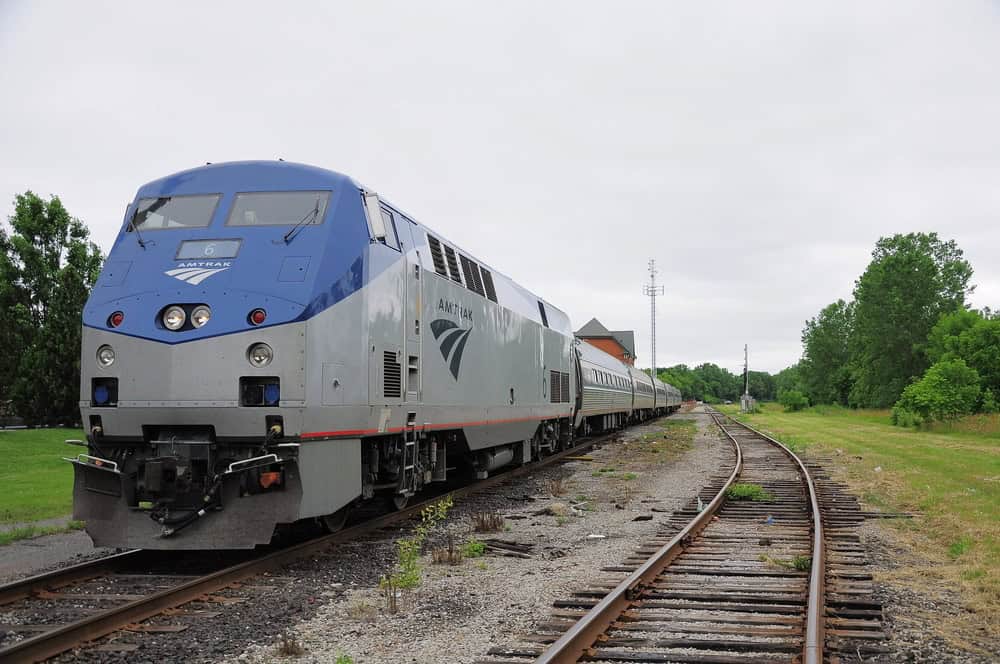
4. It’s Not Comfortable
Simply put, seatbelts on trains are not comfortable. Would you want to be completely tied down on a long-moving Amtrak journey? Supposedly not.
As mentioned, trains run on momentum and do not encounter turbulence like planes. Amtrak even has sleeper cars and roomettes! Passengers are free to move around and enjoy the journey as it goes.
And at this point, even if trains had seatbelts, most passengers wouldn’t be willing to wear them. Not unless the government completely requires it. But, as of this time of writing, they don’t.
Once again, trains already have stability control. They are also built to prevent any collision. Therefore, seatbelts would be impractical. It would also be an expensive implementation.
Famous Example Of Why Trains Don’t Have Seatbelts: Amtrak Train Derailment 2015
2015 was the year of the famous Amtrak Philadelphia train derailment. The train was traveling to New York City. However, it derailed and crashed near Kensington, Philadelphia.
It had a total of 238 passengers, five train crew & eight individuals died in the crash. There were also 200 people injured, with 11 in critical condition.
The train was running at 101mph (164km) when it derailed on curved tracks.
The cause of the derailment was human error and a lack of safety implementations. The National Transportation Safety Board concluded that the train’s driver lost situational awareness.
They stated that he was preoccupied with radio transmission.
One major thing to note here was that Amtrak had no PTC installed in the area then. And the NTSB claimed that the derailment could’ve been avoided if the tracks had it.
It also didn’t have an activated automatic train control. This is another thing that could’ve avoided the derailment.
It is possible that those who suffered the most serious injuries in the Amtrak disaster had been standing. In such a scenario, seatbelts would’ve likely been ineffective.
Or, maybe, the seatbelts would’ve effectively prevented individuals from being tossed around and reduced casualties to a significant degree.
If this were the case, there would undoubtedly be a demand for their installation on trains. But then again, until this day, there are still no seatbelts on trains.
Amtrak finished installing ATC on the track after the incident. And as of 2020, all Amtrak tracks are equipped with PTC (Positive Train Control).
The train engineer was also arrested and charged with multiple counts.
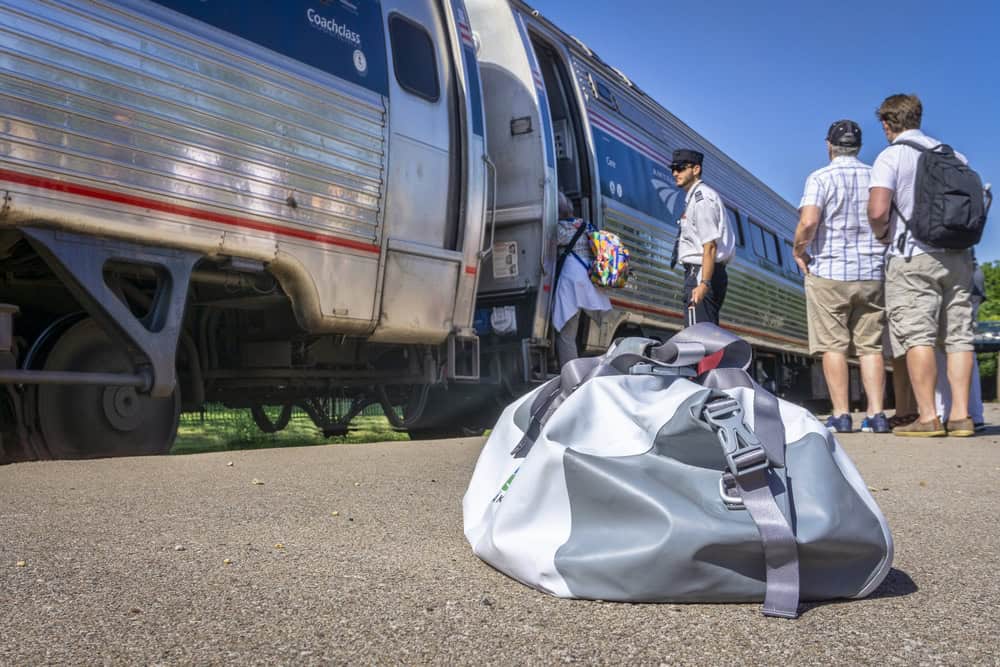
Why Don’t Trains Have Seatbelts? The Bottomline
Overall, trains are safe.
Trains don’t have seatbelts because they’re not needed. They don’t serve any safety purposes on the train. If anything, they may even cause more harm. Many long studies and research suggest this, too.
Of course, it is an understandable point of concern. And until this day, many people still argue about this topic.
It seems as if no train company plans on implementing seatbelts for now. The question at hand should rather be, should they have seatbelts?
It’s ultimately up to government officials or The Federal Railroad Administration.
But, remember overall trains are a very safe and enjoyable way to travel, and they are much more enjoyable than buses.
Safe travels.
Rob

